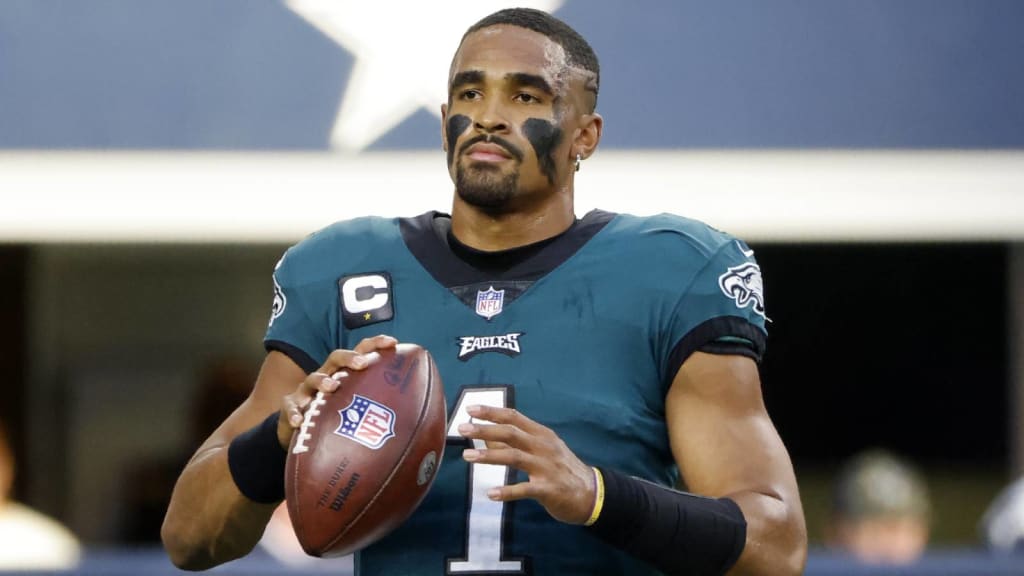
Drew Brees Files Transition from Quarterback to Running Back: A Regulatory Move in the NFL
In a surprising move that has sent shockwaves across the football community, Drew Brees, the legendary quarterback, has officially filed paperwork to transition to the role of running back. The announcement comes amidst a flurry of speculation about Brees’ future in the NFL following his retirement from quarterbacking duties.
The filing, termed as a “Regulated Invoice,” outlines Brees’ intention to switch positions within the league, marking a significant departure from his storied career as one of the most prolific passers in NFL history. While the decision may raise eyebrows among fans and pundits alike, it underscores the evolving nature of player roles and the adaptability required to thrive in professional football.
Brees, known for his precision passing and leadership on the field, has long been synonymous with the quarterback position. Throughout his illustrious career, which spanned two decades, he shattered numerous records and earned accolades as a Super Bowl champion and MVP. However, as age catches up with even the most exceptional athletes, Brees has opted for a strategic pivot in his playing style.
The decision to transition to running back raises intriguing questions about Brees’ motivations and the practical implications for his future in the NFL. While some speculate that the move may be driven by a desire to prolong his career and contribute to his team in new ways, others point to regulatory factors within the league that may have influenced his decision.
One such factor could be the evolving dynamics of player positions and the increasing emphasis on versatility in modern football. With offenses adopting diverse schemes and strategies, players are often required to possess a broader skill set to excel in multiple roles. By embracing the challenge.





